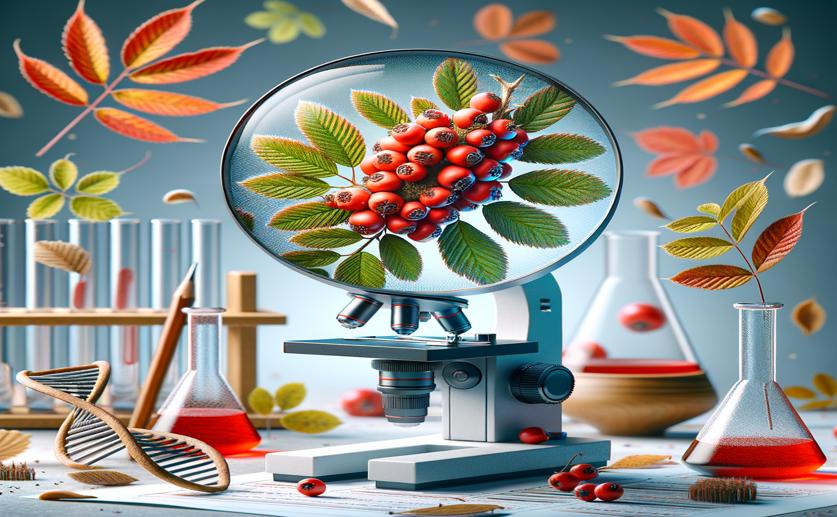
Mitochondrial DNA Study of Hawthorn Species in Northeast Region
Jenn Hoskins
4th June, 2024

Image Source: Natural Science News, 2024
Key Findings
- Researchers from Shenyang Agricultural University studied the mitochondrial genomes of five Crataegus species from northeastern China
- They found genome sizes ranging from 245,907 to 410,837 base pairs and identified 45-55 genes, including tRNA, rRNA, and protein-coding genes
- Seven divergent hotspot regions were discovered, which are crucial for understanding the genetic diversity and evolutionary history of these species
References
Main Study
1) Comparative genomic and phylogenetic analyses of mitochondrial genomes of hawthorn (Crataegus spp.) in Northeast China.
Published 1st June, 2024
https://doi.org/10.1016/j.ijbiomac.2024.132795
Related Studies
2) Molecular Analysis of Evolution and Origins of Cultivated Hawthorn (Crataegus spp.) and Related Species in China.
3) Crataegus pinnatifida: chemical constituents, pharmacology, and potential applications.
4) Chemical composition, antibacterial activity and action mechanism of different extracts from hawthorn (Crataegus pinnatifida Bge.).
5) Effect of dehydration techniques on bioactive compounds in hawthorn slices and their correlations with antioxidant properties.



 1st June, 2024 | Jim Crocker
1st June, 2024 | Jim Crocker